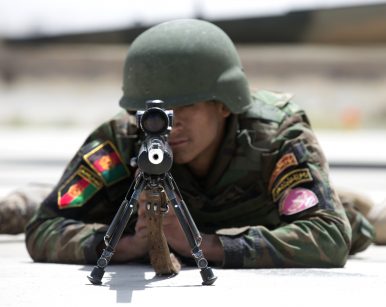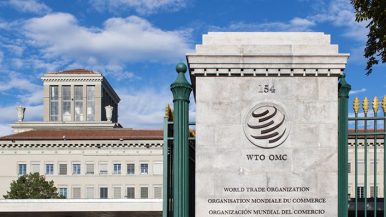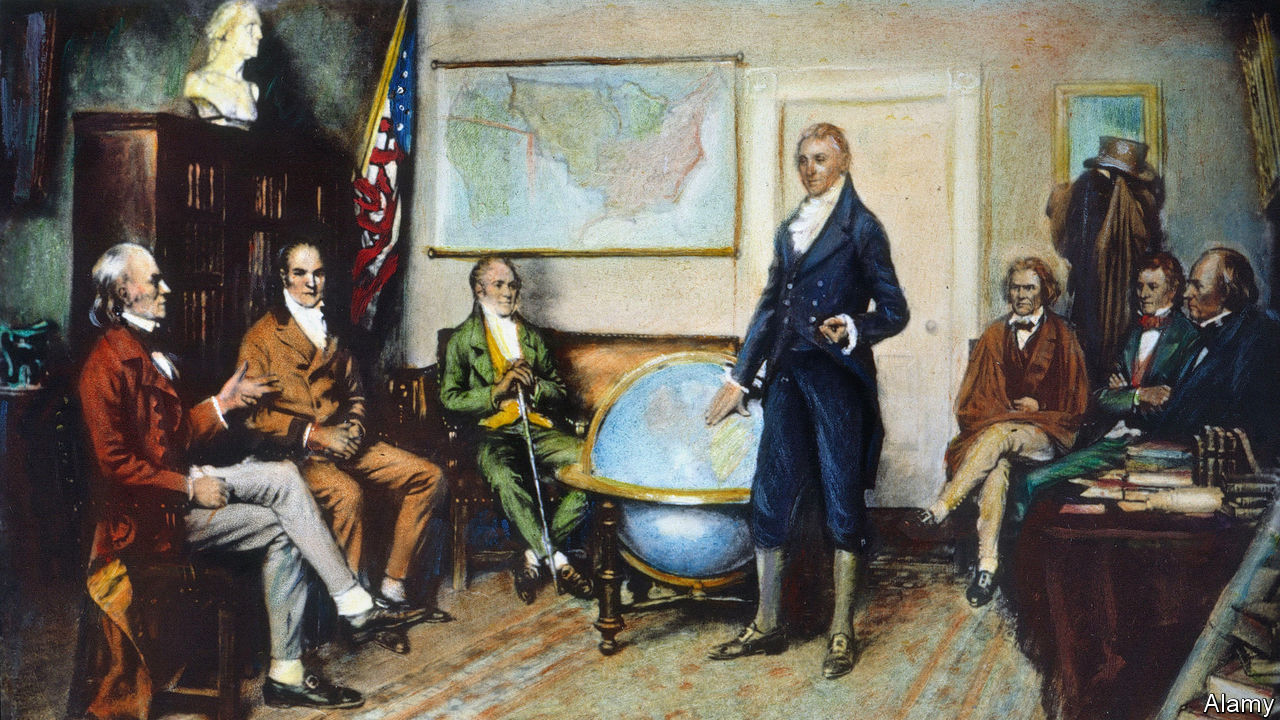Madelyn R. Creedon, Robert Einhorn, Kate Hewitt, Bonnie Jenkins, Bruce Jones, Suzanne Maloney, Michael E. O’Hanlon, Jung H. Pak, Frank A. Rose, and Strobe Talbott
On February 15-17, foreign officials and security leaders from around the globe will meet in Munich to discuss the world’s most pressing security challenges. Some of these top concerns include issues of nuclear arms control, non-proliferation, and strategic stability related to Russia, China, Iran, and North Korea. Brookings scholars discuss what you need to know in this edition of the Brookings Foreign Policy Interview series.
Since the end of the Cold War, more attention has been given to nuclear non-proliferation issues at large than to traditional issues of deterrence, strategic stability, and arms control. Given the state of current events and the re-emergence of great power competition, we are now starting to see a rebalance, with a renewed focus on questions of stability and arms control. In August 2017, Brookings Vice President and Director of Foreign Policy Bruce Jones convened eight Brookings scholars and affiliates—Madelyn Creedon, Robert Einhorn, Bonnie Jenkins, Suzanne Maloney, Michael O’Hanlon, Jung Pak, Frank Rose, and Strobe Talbott—to discuss the shifting balance and prioritization of strategic stability and non-proliferation. The edited transcript below reflects their assessments of the new nuclear world order; the current state of arms control with Russia and China; the impacts of emerging technologies; the status of the non-proliferation regime, including a look at North Korea and Iran; and U.S. nuclear policy moving forward. The Appendix explains key agreements and treaties that have shaped the arms control and non-proliferation regime to date.
The discussion found that:
 The worst terror attack on India since Narendra Modi came to power will put pressure on the prime minister to approve a military response against Pakistan, which it blamed for a deadly assault in Kashmir, as it comes ahead of the country’s general election. Islamabad denied any link.
The worst terror attack on India since Narendra Modi came to power will put pressure on the prime minister to approve a military response against Pakistan, which it blamed for a deadly assault in Kashmir, as it comes ahead of the country’s general election. Islamabad denied any link.











/arc-anglerfish-arc2-prod-mco.s3.amazonaws.com/public/CS5BOTDRERHXFISS77Q642U6GM.jpg)



